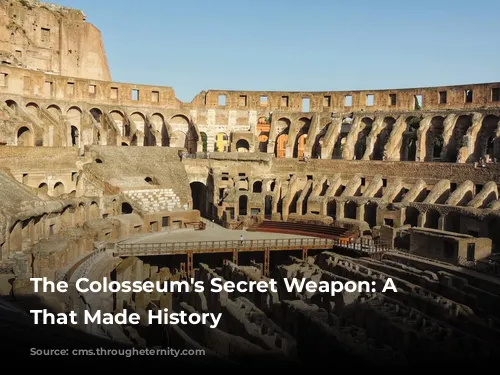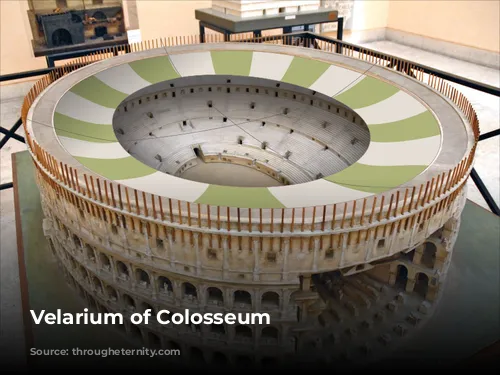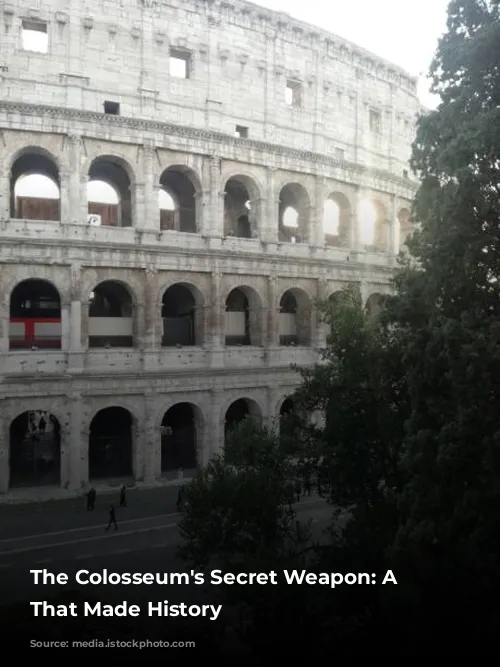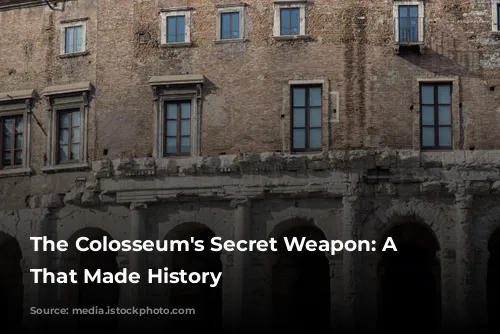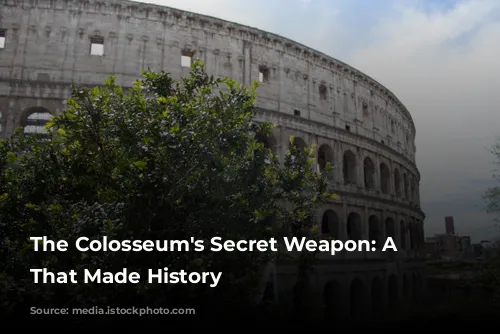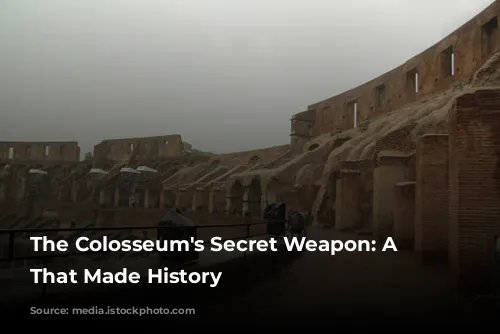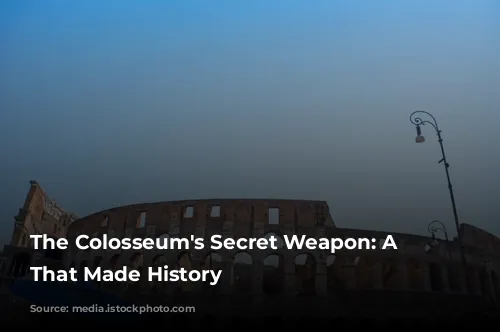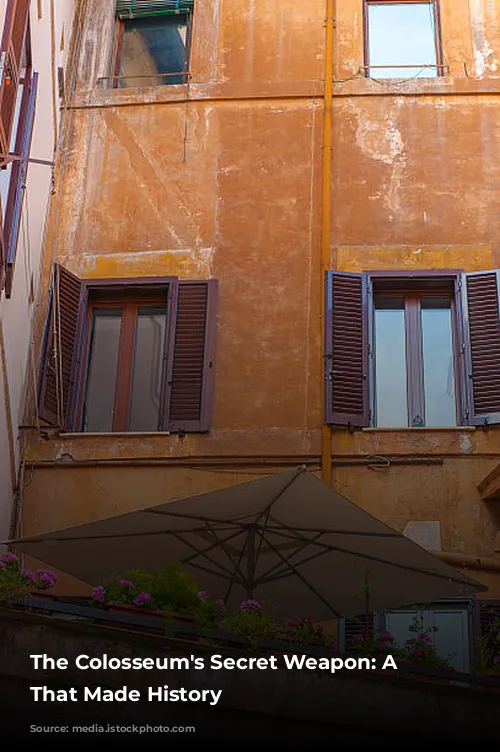Have you ever been scorched under the unforgiving Roman sun while exploring the Colosseum’s ruins? It’s a truly hot experience, but imagine how much worse it was for the 50,000 spectators who flocked to this ancient arena for bloody entertainment! Just picturing the sun beating down on the marble bleachers, reflecting off the blinding sand and stone, makes you realize just how unbearable it must have been.
A Canopy of Shade for Ancient Spectators
Thankfully, our ancient Roman ancestors weren’t content with baking under the sun while watching gladiators duel. You might be surprised to learn that the Colosseum actually boasted a retractable roof! This isn’t some Hollywood fantasy; it’s the truth! The iconic film Gladiator actually got this detail right. Although not historically accurate in every respect, the movie’s portrayal of a fabric awning protecting the audience as they watched Maximus Decimus Meridius unleash his fury is quite close to reality.
By the time the Flavian Amphitheatre was finished under the emperor Titus in 80 AD, elaborate fabric roofs were commonplace across the empire. Evidence of this exists in the form of graffiti from Pompeii, which boasts that “there will be awnings” (vela erunt) at the next games. The awning was a major selling point for the public!
Awning Antics and Imperial Drama
Ancient literary sources provide even more insights into the Roman love affair with awnings. The chronicler Suetonius tells us that the cruel Caligula, who was so obsessed with gladiatorial combat that he often competed himself, would sometimes pull down the awnings of the temporary wooden amphitheatre that preceded the Colosseum, leaving the audience exposed to the scorching sun without warning. He threatened them with death if they dared to move! A generation later, the equally eccentric Nero even decked out Rome’s Theatre of Pompey with a purple awning featuring a giant image of himself driving the sun chariot. Talk about a self-portrait!
Engineering a Giant Awning
Now, imagine covering the Colosseum, an amphitheatre nearly 200 feet tall, with a roof! This was a true feat of engineering, and it’s no wonder the Romans were so proud of it. We don’t have exact blueprints, but thanks to recent research, we have a good idea of how it worked.
Introducing the Velarium: A Canvas of Wonder
The velarium was a large, retractable awning made up of several separate pieces of fabric stretched high above the amphitheater. This incredible structure was supported by 240 wooden masts, which were strategically placed around the top tier. If you visit the Colosseum today, you can still see the remains of these supports. The velarium wasn’t a solid cover though. It sloped downwards towards a large opening in the center, giving the whole canopy a flexible shape and allowing for an impressive spot-lit effect on the arena below. It’s like a giant, ephemeral version of the oculus, the spectacular opening in the roof of the Pantheon!
Skilled Sailors: Masters of the Velarium
The fabric used for the velarium was the same linen or canvas used for the sails on ancient ships. The word velarium actually comes from the Latin word for sail. It’s no coincidence that experienced sailors were responsible for operating this intricate structure! A special detachment from the naval fleet at Misenum near Naples, known as the Castra Misenatium, was stationed near the Colosseum for this very purpose.
From their vantage points high up on the Colosseum’s top tier, these skilled sailors deftly manipulated the network of ropes that controlled the velarium. But they weren’t always allowed to raise the awning. During strong winds or rain, they left the spectators exposed to the elements, to protect the fragile velarium. Working the velarium was a prestigious assignment for any slave conscripted into the Roman navy, but not all sailors stationed at the Castra Misenatium enjoyed this honor. This barracks also housed sailors who would later face their own fate in the brutal mock sea battles (naumachiae) that were a dramatic part of the early Colosseum games.
Practicality and Drama: The Velarium’s Legacy
The velarium is a testament to the Romans’ practicality and their love for drama. It was an ingenious solution to a practical problem, providing shade for thousands of spectators. But beyond its functionality, the velarium transformed the arena into a cathedral of light, casting the action on the sand in dramatic spotlight. It amplified the already intense spectacles of life and death, creating a truly breathtaking experience for the audience. So the next time you stand in the shadow of the Colosseum, remember the incredible velarium and its role in shaping the history of Roman entertainment.
